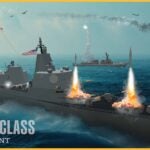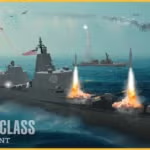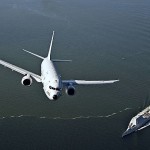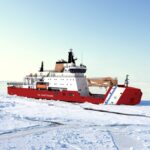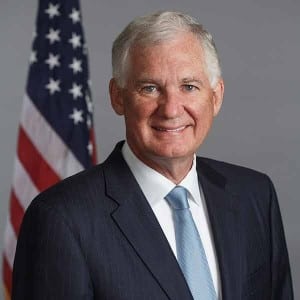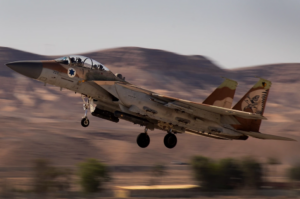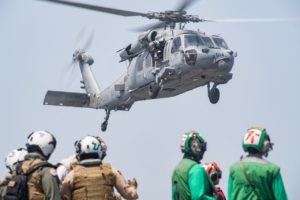
The Navy issued a request for information (RFI) Jan. 28 to start analyzing options to replace and succeed the current fleet of Sikorsky [LMT] MH-60R/S Seahawk helicopters and Northrop Grumman [NOC] MQ-8B/C Fire Scout autonomous helicopters. In November 2019, the Joint Requirements Oversight Council validated an initial capability document for future vertical life maritime strike. This established a requirement for a vertical lift capability supporting the Navy, specifically recapitalizing the current fleet of Sea Hawks and Fire Scouts. The new…

 By
By 